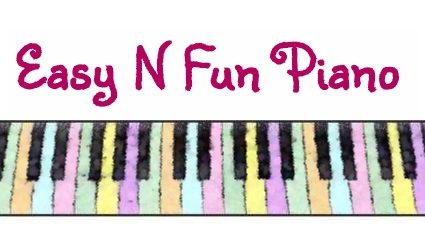About These Notes
It gives me great pleasure to commend to you these teaching notes which assist with preparation for the AMusA (Musicology) of the AMEB. As it is a very new and untested course, the early aspirants are, to a large extent working in uncharted waters. Belle and Sed Taye are among the very earliest, and, in putting together this resource, have certainly made the journey more accessible for future candidates. It has been my great honour to have mentored and worked with them on this very worthwhile endeavour.
Mrs Lynette Morgan
BA, DipEd(Syd), AMusA(Piano and Piano Accompaniment), LMusA, TMusA(with Distinction)
What’s Involved?
The paper consists of 3 questions, all of which must be marked. Pass mark is 65/100.
1. ANALYSIS – Choose one option
- Option A To analyse a fugue from a given score, being able to recognise and discuss the fugal devices it contains
- Option B Given a score extract from a complex work such as a Classical symphony or a Classical chamber work, answer a series of questions regarding the analysis of the extract by discussing such aspects as harmony, texture, form and instrumentation
2. HISTORY – Choose one option and write an essay on individual works and composers
- The development of chamber music in the nineteenth century (1801 – 1900)
- The development of the symphony in the eighteenth century up to and including the late symphonies of Haydn (1701 – 1800)
- The development of oratorio from the seventeenth to the nineteenth centuries (1601-1900)
- The development of lied and art song in the nineteenth and twentieth centuries (1801 – 2000)
3. SET WORKS – Two set works, one vocal and one instrumental will be studied in their entirety
Candidates will be asked to discuss aspects of their analysis and to quote or recognise main themes
- Vocal Work – Dido and Aeneas by Henry Purcell
- Instrumental Work – Symphony no 25 in G Minor K183 by Mozart
Download the objectives here: AMus Musicology Objectives V1
Purchase notes here: Musicology Shop
